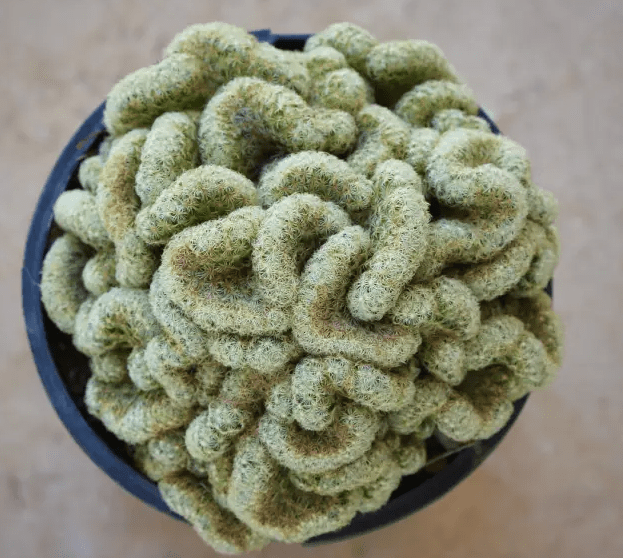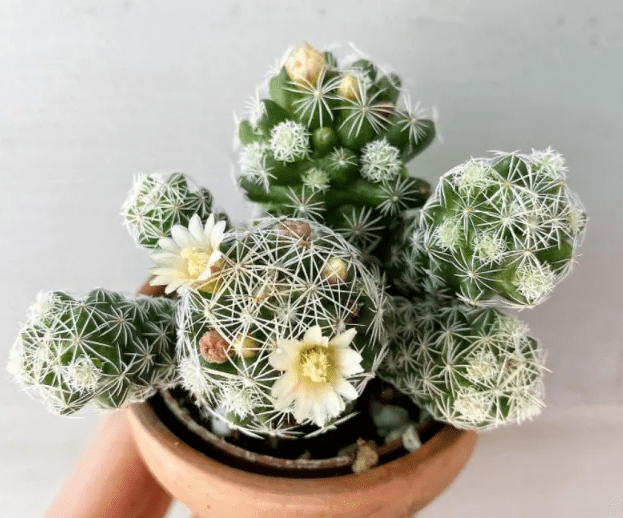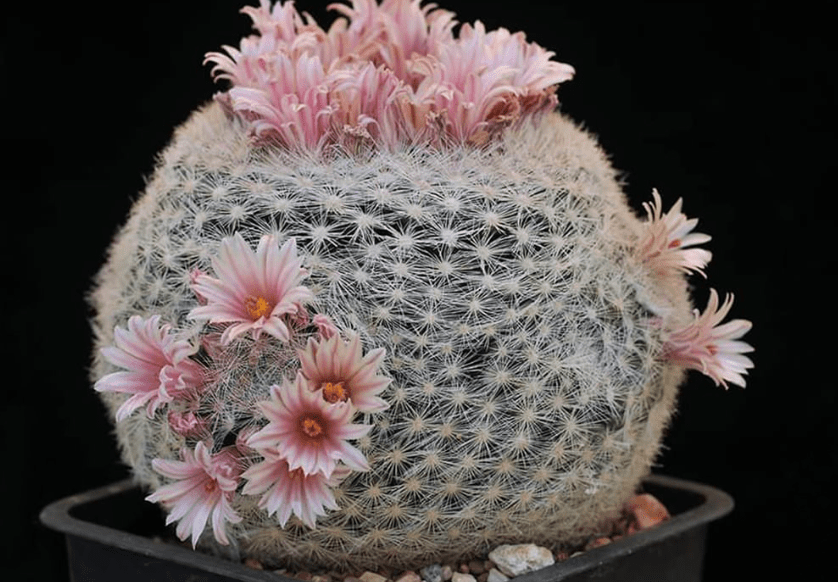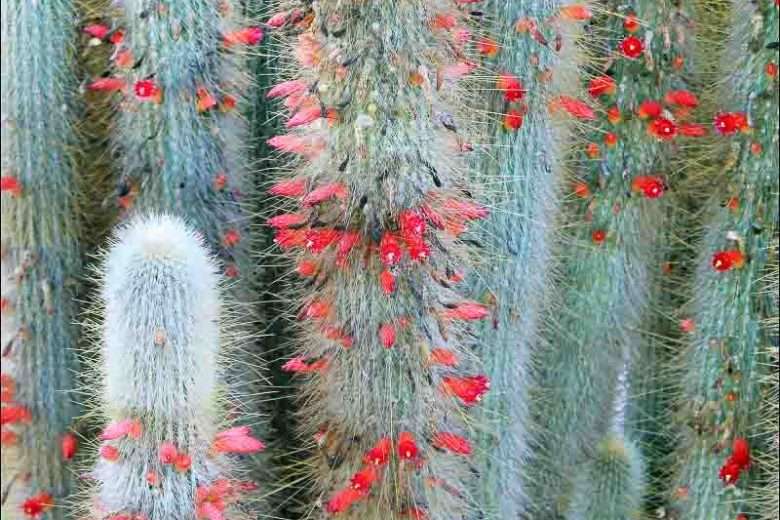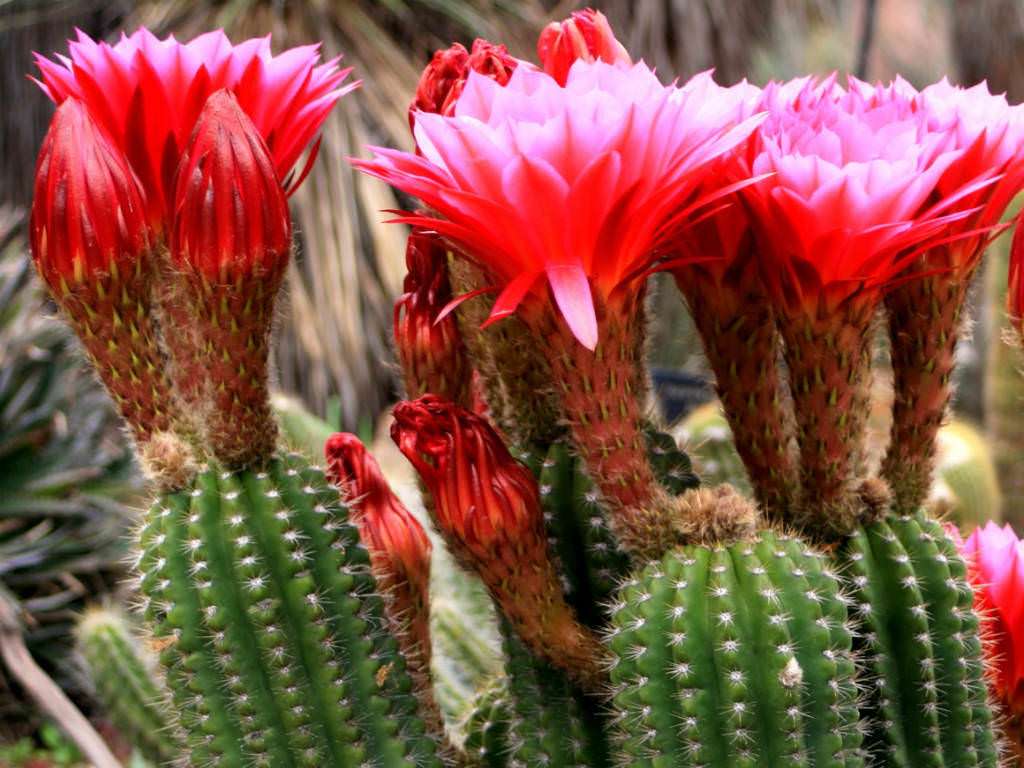Brain Cactus
In reality, the appearance and shape of a cacti’s ribs vary from one to another, making each one unique. The cactus is still frequently quite small and round in shape. They range in colour from bright green to gray-green and have spines that are brownish. In the spring and summer, they produce striking flowers that […]


